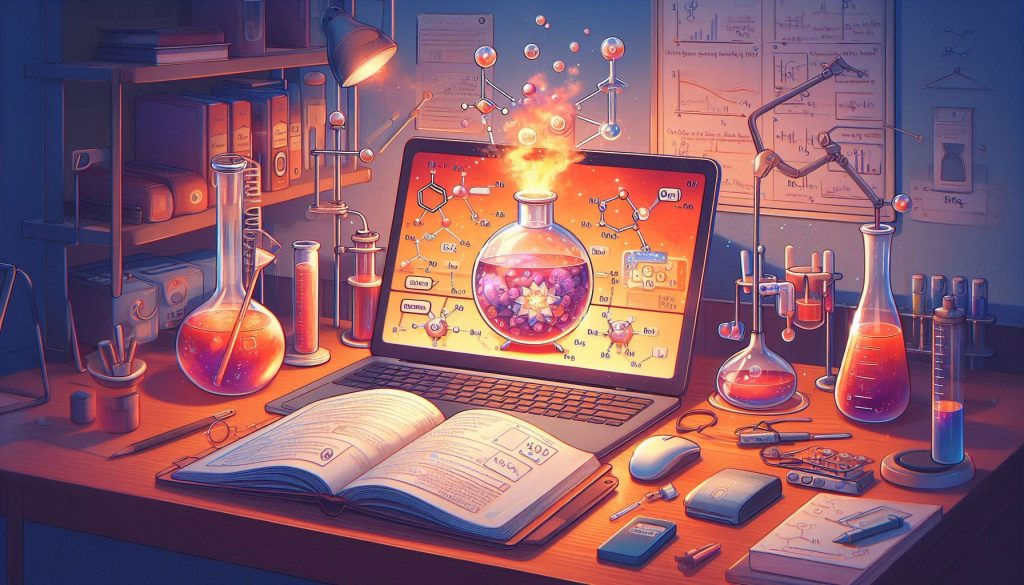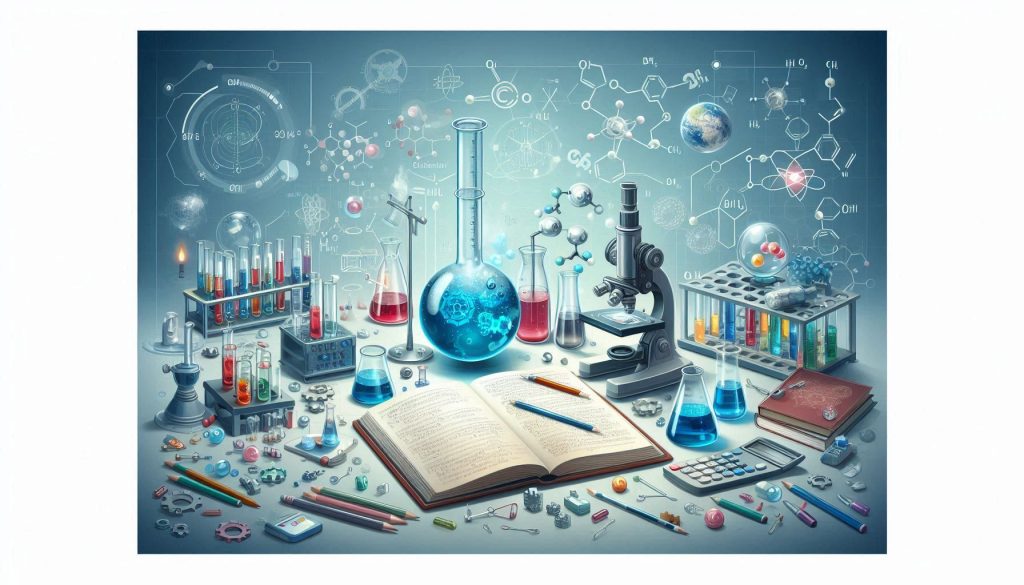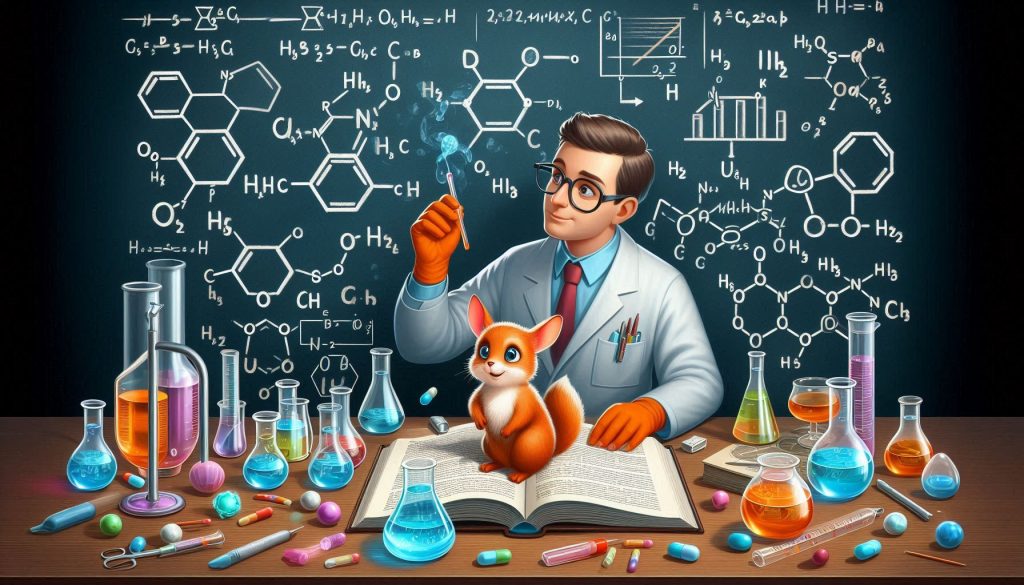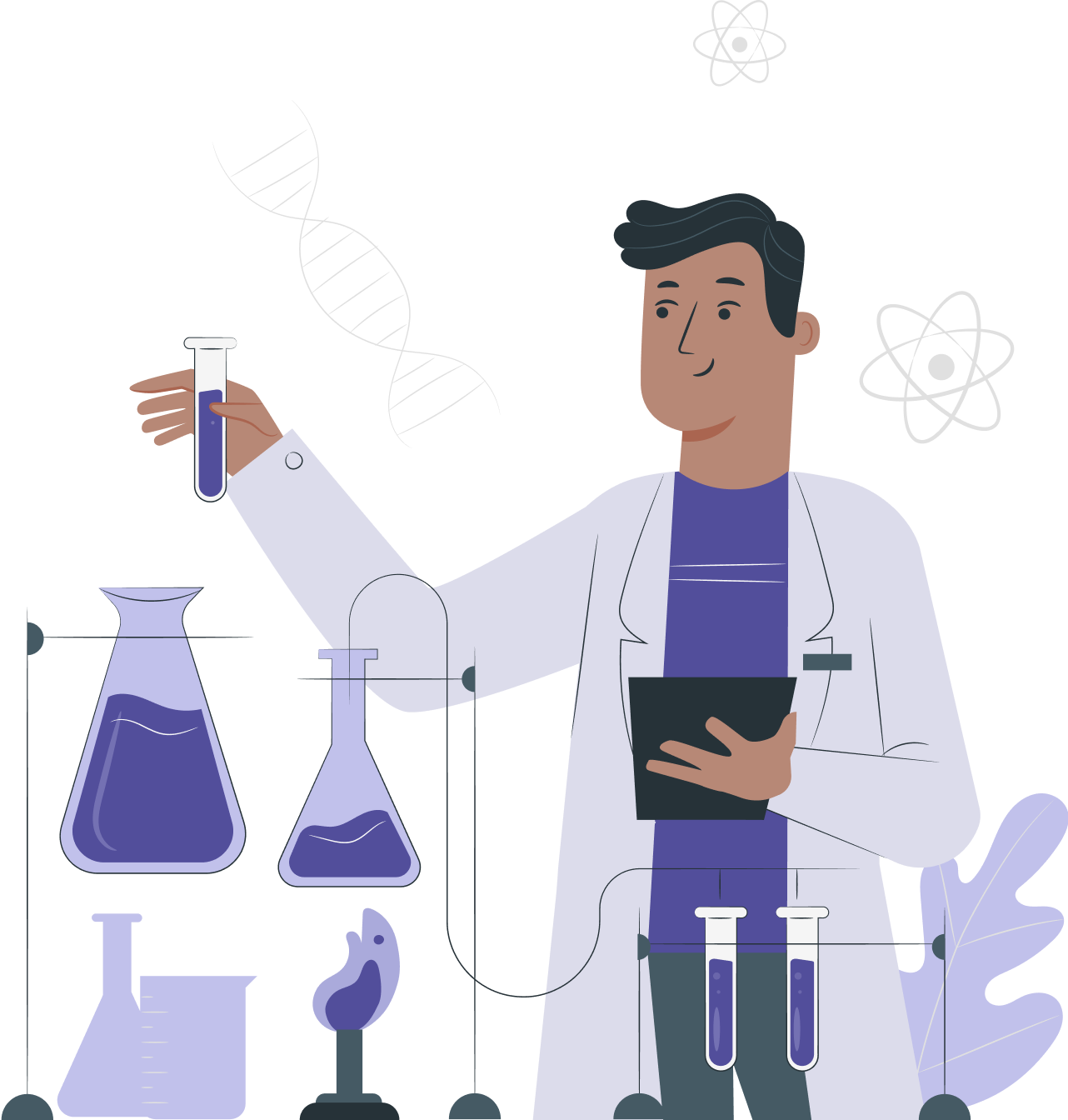Redox Reaction – Complete Guide For Class 11 Chemistry Chapter 7

Welcome to iPrep, your Learning Super App. Our learning resources for Chapter 7, “Redox Reaction,” in Class 11 Chemistry are meticulously designed to ensure students gain a comprehensive understanding of this essential topic. These resources include detailed notes on the fundamental concepts of redox reactions, such as oxidation and reduction processes, oxidation numbers, and types of redox reactions. Additionally, we cover the methods for balancing redox reactions, including the ion-electron and oxidation number methods. By exploring real-world examples and understanding electrode processes, students will gain a thorough grasp of redox reactions and their applications.
The concept of “Redox Reaction” in Class 11 Chemistry delves into the foundational principles of chemical transformations by exploring the essential processes of oxidation and reduction. This chapter examines how electrons are transferred between substances, the concept of oxidation numbers, and the types of redox reactions. By understanding these reactions, students gain insight into their role in various biological and chemical systems, such as metabolism and energy production. The chapter also covers methods for balancing redox reactions and the significance of electrode processes in electrochemical cells.
Classical Idea of Redox Reactions
Redox reactions, or oxidation-reduction reactions, are chemical reactions in which the oxidation state of molecules, atoms, or ions changes. In these reactions:
- Oxidation refers to the loss of electrons or an increase in oxidation state.
- Reduction refers to the gain of electrons or a decrease in oxidation state.
These reactions are fundamental in both chemistry and biology, playing a key role in processes such as metabolism, photosynthesis, and respiration.
Redox Reactions in Terms of Electron Transfer Reactions
Redox reactions can be more clearly understood by considering the transfer of electrons:
- Oxidation: A species that loses electrons undergoes oxidation. This species is known as the reducing agent.
- Reduction: A species that gains electrons undergoes reduction. This species is known as the oxidizing agent.
Simultaneous Occurrence of Oxidation and Reduction
In every redox reaction, oxidation and reduction occur simultaneously. The substance that gets oxidized transfers electrons to the substance that gets reduced. Here is a simple representation:
Oxidation: Zn→Zn2++2e−
Reduction: Cu2++2e−→Cu
Oxidation Number

The oxidation number (or oxidation state) is a theoretical charge assigned to an atom in a molecule or ion, based on a set of rules:
- For free elements, the oxidation number is always zero.
- For monoatomic ions, the oxidation number equals the ion charge.
- Oxygen usually has an oxidation number of -2, except in peroxides where it is -1.
- Hydrogen has an oxidation number of +1 when bonded with non-metals, and -1 when bonded with metals.
Oxidation and Reduction in Terms of Oxidation Number
In redox reactions:
- Oxidation is indicated by an increase in oxidation number.
- Reduction is indicated by a decrease in oxidation number.
For example, in the reaction between hydrogen and fluorine:
H2+F2→2HF
- Hydrogen’s oxidation number changes from 0 to +1 (oxidation).
- Fluorine’s oxidation number changes from 0 to -1 (reduction).
Types of Redox Reactions

Redox reactions can be classified into several types:
- Combination Reactions: Two or more substances combine to form a single compound.
- Decomposition Reactions: A single compound breaks down into two or more substances.
- Displacement Reactions: An element displaces another element in a compound.
- Disproportionation Reactions: A single substance undergoes both oxidation and reduction.
Balancing of Redox Reactions – By Ion Electron Method
The ion-electron method involves balancing redox reactions by separately balancing the oxidation and reduction half-reactions. The steps are:
- Write the unbalanced equation.
- Separate the oxidation and reduction half-reactions.
- Balance all elements except oxygen and hydrogen.
- Balance oxygen atoms by adding H2O.
- Balance hydrogen atoms by adding H
- Balance charges by adding electrons.
- Equalize the number of electrons in both half-reactions.
- Add the half-reactions and simplify.
Balancing of Redox Reactions – Balancing By Oxidation Number Method
This method involves the following steps:
- Identify the oxidation states of all elements.
- Determine the increase and decrease in oxidation numbers.
- Equate the total increase and decrease in oxidation numbers by adjusting coefficients.
- Balance the rest of the atoms by inspection.
- Add H2O as necessary to balance oxygen and hydrogen.
Example
Consider the reaction between ferrous sulfate and potassium permanganate in an acidic medium:
MnO4−+Fe2+→Mn2++Fe3+
Using the ion-electron method or oxidation number method, this reaction can be balanced as follows:
- Unbalanced Reaction: MnO4−+Fe2+→Mn2++Fe3+
- Balanced Half-Reactions:
- Oxidation: Fe2+→Fe3++e−
- Reduction: MnO4−+8H++5e−→Mn2++4H2O
- Balanced Equation: MnO4−+5Fe2++8H+→Mn2++5Fe3++4H2O
Half Reaction Method
The half-reaction method is used for balancing redox reactions in both acidic and basic media. The process involves separating the oxidation and reduction reactions and balancing them independently before combining them into a single balanced equation.
Redox Reactions and Electrode Processes
Redox reactions are integral to electrode processes, which occur in electrochemical cells. These cells convert chemical energy into electrical energy or vice versa.
Electrochemical Cell
An electrochemical cell is a device that generates electrical energy from chemical reactions or facilitates chemical reactions through the introduction of electrical energy. The main components of an electrochemical cell include:
- Anode: The electrode where oxidation occurs.
- Cathode: The electrode where reduction occurs.
- Electrolyte: A substance that conducts electric current as a result of dissociation into positively and negatively charged ions.
Table: Types of Electrochemical Cells
| Type | Function | Example |
| Galvanic (Voltaic) Cell | Converts chemical energy into electrical energy | Daniell cell, Lead-acid battery |
| Electrolytic Cell | Uses electrical energy to drive non-spontaneous chemical reactions | Electrolysis of water, Electroplating |
Conclusion
In conclusion, Chapter 7: “Redox Reaction” offers students a thorough understanding of one of the most crucial topics in CBSE Class 11 Chemistry. By exploring the essential concepts of oxidation and reduction, electron transfer reactions, and the various types of redox reactions, learners can grasp the intricate processes that govern chemical interactions. The methods for balancing redox reactions, including the ion-electron and oxidation number methods, are vital tools for mastering this chapter.
Furthermore, the insights gained from this chapter extend beyond theoretical knowledge, as redox reactions play significant roles in various real-world applications, particularly in electrochemical cells. Understanding Chapter 7: “Redox Reaction” is essential for students as they prepare for advanced studies in chemistry and related fields. The resources provided by iPrep ensure that learners not only acquire the necessary knowledge but also develop the skills to apply these concepts effectively in practical scenarios.
Practice questions on Chapter 7 - Redox Reaction
Get your free Chapter 7 - Redox Reaction practice quiz of 20+ questions & detailed solutions
Practice Now








